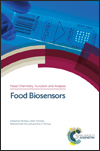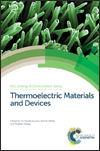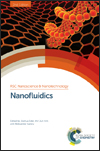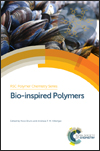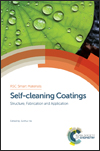In celebration of the 2019 Royal Society of Chemistry prizes and awards, we have collected together some of the exciting research published by the winners. This blog showcases work by the winners from across the Royal Society of Chemistry’s books portfolio.
Professor Aron Walsh (Corday-Morgan Prize 2019)
Computational Materials Discovery, Chapter 6, Computational Design of Photovoltaic Materials
Dr Rebecca Melen (Harrison-Meldola Memorial Prize 2019)
Organometallic Chemistry Volume 41, Chapter 1, Recent developments and applications of Lewis acidic boron reagents
Professor Christopher Schofield (Interdisciplinary Prize 2019)
New Frontiers in Chemical Biology, Chapter 5, Chemical Biology of Histone Modifications
2-Oxoglutarate-Dependent Oxygenases
Professor Nigel Scrutton (Interdisciplinary Prize 2019)
Quantum Tunnelling in Enzyme-catalysed Reactions
Proton-coupled Electron Transfer
Professor Marcy Towns (Nyholm Prize for Education 2019)
Argumentation in Chemistry Education, Chapter 11, Argumentation in Physical Chemistry
Professor Russell Morris (Tilden Prize 2019)
Zeolites in Catalysis
Professor Jim Naismith (Tilden Prize 2019)
Cyclic Peptides
Dr Matthew Beard (Chemical Dynamics Award)
Advanced Concepts in Photovoltaics
Dr Federico Bella (ESED Early Career Award)
Photopolymerisation Initiating Systems, Chapter 16, Photopolymers for Third-generation Solar Cells
Dr Philippe Wilson (Joseph Black Award)
Simulating Enzyme Reactivity, Chapter 5, Kinetic Isotope Effects
Professor Véronique Gouverneur (Organic Stereochemistry Award)
C-H and C-X Bond Functionalization, Chapter 7, Strategies Towards Challenging Fluorination Reactions
Professor Matthias Beller (Spiers Memorial Award)
Heterocycles for Double-Functionalized Arenes
Economic Synthesis of Heterocycles
Professor Frank Kelly (Toxicology Award)
Airborne Particulate Matter, Health Effects of Airborne Particles in Relation to Composition, Size and Source











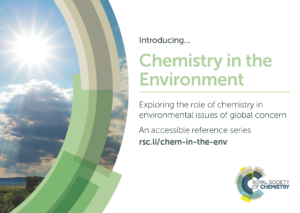
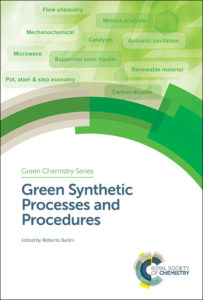
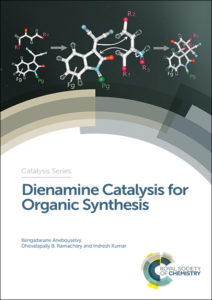
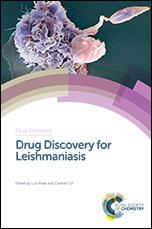
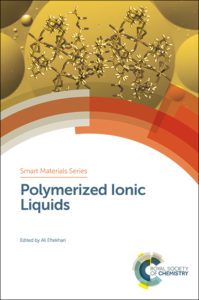 With the publication of
With the publication of 